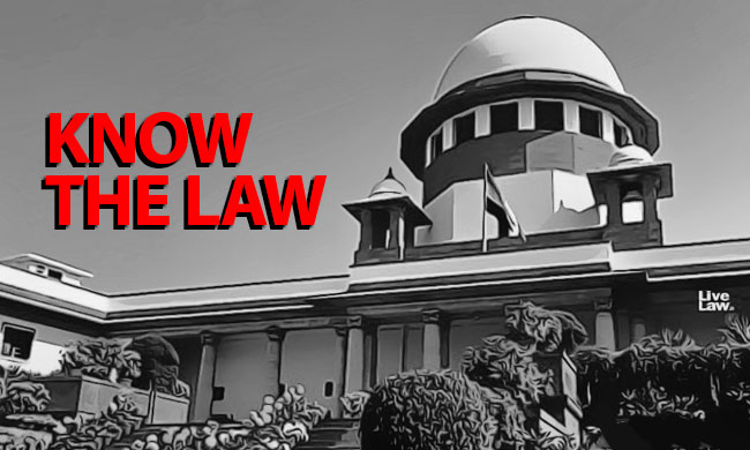Next Story
23 Oct 2019 11:58 AM IST
The Muslim parties in the Ayodhya-Babri Masjid title dispute case have urged the Supreme Court to 'mould the relief' in the case in such a fashion to reflect the 'constitutional values that this great nation espouses'. The Hindu parties individually submitted their notes on what alternate relief they sought, if the primary relief of title/ownership was not granted to them. This article...

